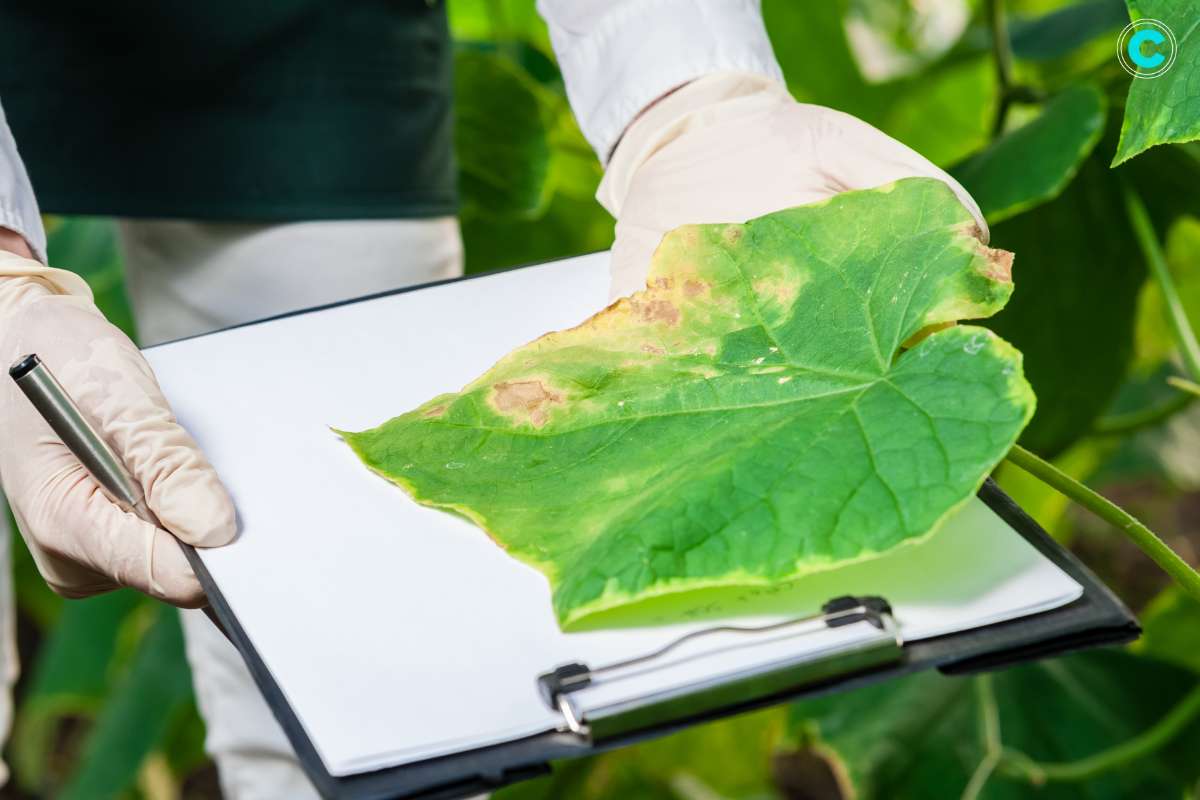In recent years, machine learning has emerged as a powerful tool in the agricultural sector, particularly in the realm of plant disease detection. By leveraging advanced algorithms and image processing techniques, researchers and farmers alike are harnessing the potential of machine learning to identify and combat plant diseases more effectively than ever before. In this article, we will explore the applications, benefits, and challenges of plant disease detection using machine learning.
Understanding Plant Disease Detection Using Machine Learning:
Plant disease detection using machine learning involves the use of algorithms to analyze images of plants and identify signs of diseases or abnormalities. This process typically begins with the collection of image data from various sources, such as drones, satellites, or handheld devices. These images are then fed into machine learning models, which are trained to recognize patterns associated with different types of plant diseases.
Once trained, these models can analyze new images and accurately classify plants as healthy or diseased based on visual cues such as discoloration, lesions, or other symptoms. By automating the detection process, machine learning enables farmers to quickly identify and respond to plant diseases, potentially saving crops and reducing economic losses.
Applications of Plant Disease Detection Using Machine Learning:

The applications of plant disease detection using machine learning are wide-ranging and diverse. Some of the key areas where this technology is making an impact include:
1. Precision Agriculture:
Machine learning algorithms can analyze large-scale agricultural landscapes and identify areas where plants are exhibiting signs of disease. This information allows farmers to target interventions more precisely, reducing the need for broad-spectrum treatments and minimizing environmental impact.
2. Early Detection:
One of the most significant benefits of machine learning in plant disease detection is its ability to identify diseases at an early stage, sometimes even before symptoms are visible to the naked eye. Early detection enables farmers to take proactive measures to contain the spread of disease and prevent widespread crop damage.
3. Disease Identification:
Machine learning models can classify plants into different disease categories based on visual symptoms, helping farmers identify the specific pathogens affecting their crops. This information is essential for selecting appropriate treatment strategies and implementing disease management practices effectively.
4. Crop Monitoring:
By continuously analyzing images of crops over time, machine learning algorithms can monitor the progression of diseases and track changes in plant health. This real-time monitoring allows farmers to adjust their management practices in response to evolving disease threats and environmental conditions.
5. Yield Prediction:
In addition to disease detection, machine learning can also be used to predict crop yields based on various factors such as weather conditions, soil quality, and historical data. By integrating disease detection with yield prediction models, farmers can make informed decisions about resource allocation and crop management strategies.
Challenges and Considerations:

While plant disease detection using machine learning holds tremendous promise for improving agricultural productivity, it also presents several challenges and considerations:
1. Data Quality:
The accuracy of machine learning models depends heavily on the quality and diversity of the training data. Obtaining high-quality images of diseased plants can be challenging, particularly in field conditions where environmental factors may affect image clarity.
2. Model Robustness:
Machine learning models must be robust enough to generalize across different environmental conditions, crop varieties, and disease types. Achieving robustness requires careful selection of training data and optimization of model parameters.
3. Scalability:
Scaling up plant disease detection systems to large agricultural landscapes presents logistical challenges, including data collection, processing, and interpretation. Developing scalable solutions that can handle the volume and variety of data generated in agriculture is essential for widespread adoption.
4. Interpretability:
Understanding how machine learning models make decisions is critical for gaining trust and acceptance among farmers and agricultural stakeholders. Transparent and interpretable models can help users understand the reasoning behind disease classifications and make informed decisions based on model outputs.
5. Integration with Existing Practices:

Successful implementation of machine learning in agriculture requires integration with existing farming practices and workflows. Farmers must be willing to adopt new technologies and adapt their management strategies based on machine learning insights.
FAQs (Frequently Asked Questions)
1. What is plant disease detection using machine learning?
It involves the use of algorithms to analyze images of plants and identify signs of diseases or abnormalities.
2. How does machine learning help in early disease detection?
Machine learning algorithms can identify diseases at an early stage, sometimes even before symptoms are visible to the naked eye, enabling farmers to take proactive measures to contain the spread of disease.
3. What are some key applications of plant disease detection using machine learning?
Key applications include precision agriculture, early disease detection, disease identification, crop monitoring, and yield prediction.
4. What are the main challenges associated with plant disease detection using machine learning?
Challenges include data quality, model robustness, scalability, interpretability, and integration with existing farming practices.
5. How can farmers benefit from plant disease detection using machine learning?
Farmers can benefit from improved crop management, reduced economic losses, and more sustainable agricultural practices through timely disease detection and targeted interventions.

A Comprehensive Exploration of Active Machine Learning Techniques:
At its core, active machine learning is a paradigm where algorithms proactively select the most informative instances from an unlabeled dataset to query for
Conclusion:
plant disease detection using machine learning holds tremendous potential for revolutionizing agriculture and addressing global food security challenges. By leveraging advanced algorithms and image processing techniques, farmers can identify and manage diseases more effectively, ultimately leading to higher crop yields, reduced environmental impact, and improved livelihoods for farming communities. As research and development in this field continue to advance, we can expect to see even greater innovation and adoption of machine learning technologies in agriculture in the years to come.






